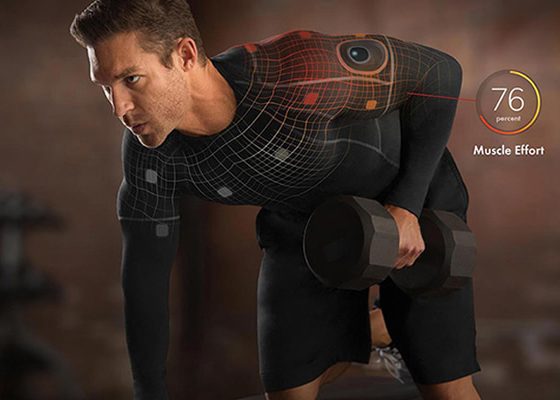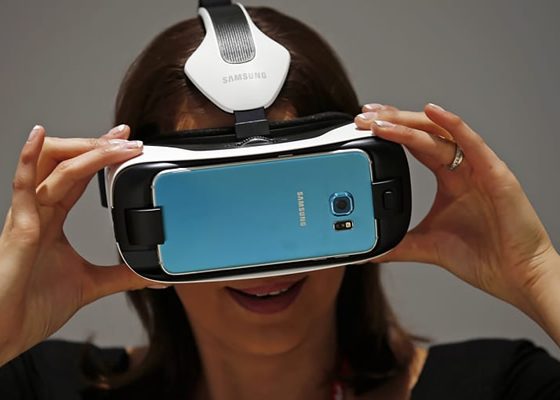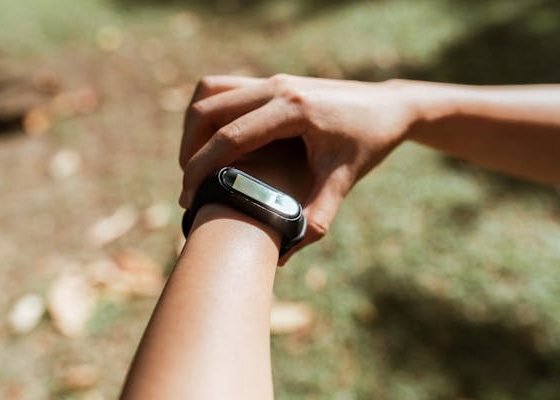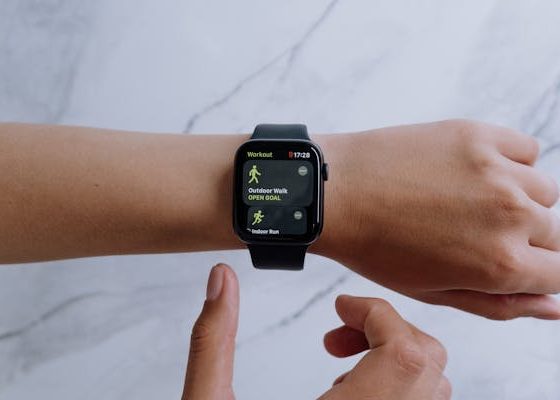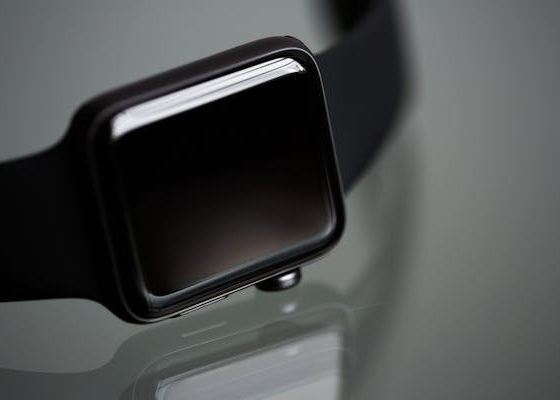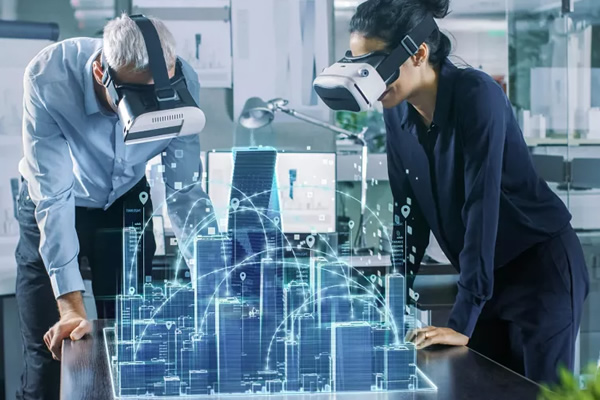
In a world where personal safety and security have become paramount concerns, technology stands as a stalwart ally in the quest for peace of mind. Personal security wearables, a burgeoning fusion of innovation and pragmatism, have rapidly risen to the fore in our increasingly interconnected lives. From GPS trackers and panic buttons to smart jewelry and wearable cameras, these gadgets are designed to provide you with an extra layer of protection, ensuring your well-being is never compromised.
Introduction
The profound significance of personal safety requires no elucidation. Every individual’s right to security is sacred, and technology has ventured into this realm to fortify it. Personal security wearables epitomize the symbiosis between the digital and corporeal worlds, and their utility is instrumental in fostering a sense of tranquility. This article delves deep into the multifaceted world of personal security wearables, their evolution, their potential, and the factors to consider when choosing the right one for your specific needs.
What are Personal Security Wearables?
At the very outset, it’s imperative to grasp the essence of personal security wearables. These are compact, often unobtrusive devices that have been ingeniously engineered to enhance your safety. From the chronicle of their inception to their contemporary manifestation, personal security wearables have undergone a fascinating transformation. They have transcended mere physicality and harnessed the power of technology to offer an array of features catering to the myriad facets of personal security.
Types of Personal Security Wearables
Diversity is the hallmark of the personal security wearable landscape. Ranging from GPS trackers that keep you connected to panic buttons that summon help at your very fingertips, there’s a wearable for every conceivable safety need. Smart jewelry elegantly marries fashion and security, while wearable cameras serve as vigilant custodians of evidence. Additionally, there are safety apps and companion devices that transform your smartphone into a veritable safety hub.
Benefits of Personal Security Wearables
The benefits of these ingenious wearables are manifold. They not only enhance personal security but also empower individuals to take control of their own safety. Loved ones are afforded peace of mind, knowing that help is readily accessible. The swiftness with which they enable a response in times of crisis is unmatched, and the ability to promptly connect with emergency services can be life-saving.
Choosing the Right Personal Security Wearable
Selecting the ideal personal security wearable necessitates a judicious evaluation of several factors. These encompass your specific needs, the user-friendly features of the device, and an assessment of its compatibility with your lifestyle. A one-size-fits-all approach is inadvisable, as different wearables cater to distinct safety concerns.
GPS Trackers: Keeping You Connected
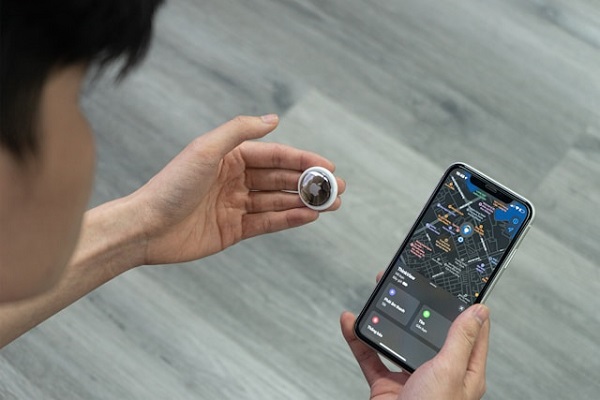
GPS trackers are the sentinels of the modern world. They employ satellite technology to trace your exact location and provide real-time updates to designated recipients. The use cases for GPS trackers are diverse, including tracking personal belongings, monitoring loved ones, and safeguarding assets. Geo-fencing capabilities add an extra layer of security, ensuring that you’re promptly alerted if you venture beyond predefined boundaries.
Panic Buttons: Instant Help at Your Fingertips
When swift assistance is imperative, panic buttons shine as beacons of hope. These discrete devices allow you to send an alert, often without even unlocking your phone. They swiftly relay your distress signal to emergency services, ensuring that help is on the way. From personal use to securing your home, panic buttons offer an instant lifeline in times of crisis.
Smart Jewelry: Combining Fashion with Safety
Smart jewelry is the epitome of functional elegance. These pieces of wearable art seamlessly integrate security features, often discreetly concealed. They offer a range of functions, from alerting loved ones when you’re in distress to recording audio for future reference. In addition to their protective attributes, they cater to those with a penchant for fashion and aesthetics.
Wearable Cameras: Capturing Evidence for Safety
Wearable cameras serve as vigilant sentinels, documenting events in real-time. These devices are invaluable when it comes to recording suspicious incidents, providing tangible evidence that can be vital for investigations or legal proceedings. However, their use comes with ethical and legal considerations, and knowledge of how to appropriately transfer footage to the relevant authorities is essential.
Safety Apps and Devices: Your Smartphone as a Safety Hub
The ubiquity of smartphones has paved the way for safety apps and companion devices that transform your handheld gadget into a comprehensive safety hub. These apps offer features like emergency alerts, location sharing, and direct links to emergency services. Companion devices enhance your smartphone’s capabilities, adding an extra layer of security to your digital life.
The Role of Artificial Intelligence in Personal Safety

Artificial Intelligence (AI) plays a pivotal role in personal safety wearables. AI algorithms power alerts and predictive analysis, continuously learning and adapting to your needs. However, this technological marvel is not without its limitations and privacy concerns. Striking the right balance between safety and data privacy is a constant challenge in this dynamic field.
Privacy and Security Concerns
As technology advances, concerns regarding data privacy and security are paramount. Unauthorized access and hacking are ever-present threats. Wearable manufacturers must implement robust safeguards and encryption protocols to protect user data, preventing breaches and ensuring that the technology remains a shield rather than a vulnerability.
Real-life Success Stories
Personal security wearables have already proven their mettle in real-life situations. Testimonials and case studies abound, showcasing how wearables have saved lives and empowered vulnerable populations. These heartening stories serve as a testament to the tangible benefits of this technology.
Current Market Trends
The popularity of personal security wearables is on a relentless upward trajectory. Market leaders continue to innovate, introducing new features and more affordable options. Understanding the pricing and affordability of these devices is crucial, ensuring that personal safety is accessible to a wider audience.
The Future of Personal Security Wearables
The trajectory of personal security wearables points to a future filled with technological advancements. The integration of these devices with smart homes and the Internet of Things (IoT) is on the horizon. Global adoption is set to have a profound impact on safety, ushering in an era where personal security is both a personal responsibility and a collective effort.
User Experiences and Reviews
Real-world user experiences offer valuable insights into the pros and cons of different wearables. Hearing from individuals who have incorporated these devices into their daily lives can provide practical guidance for prospective users. Community forums and support networks further foster knowledge sharing and support within the wearable safety community.
Tips for Maximizing Safety
Effective utilization of personal security wearables demands a comprehensive understanding of their features and functionalities. Setting up and using these devices properly, regular maintenance, and software updates are all integral to their efficacy. Additionally, creating a safety network of trusted contacts is a proactive step in ensuring a rapid response during emergencies.
Legal and Regulatory Considerations
Navigating the legal landscape concerning personal security wearables is essential. Compliance with certification requirements, adherence to local and international laws, and clarifying accountability and liability are pivotal in ensuring the legality and ethical use of these devices.
Comparing Brands and Models
When selecting a personal security wearable, it’s crucial to compare the offerings of various brands and models. Top brands in the market often have distinctive features and user feedback that can inform your choice. Analyzing these aspects allows for an informed decision.
DIY vs. Professional Monitoring
The choice between do-it-yourself (DIY) monitoring and professional services is a significant consideration. While DIY approaches offer autonomy, professional services can provide additional layers of security and expertise. Combining both approaches may offer a balanced solution tailored to your specific needs.
Making Safety Wearables Accessible to All
Ensuring the affordability and inclusivity of personal security wearables is vital. Non-profit initiatives and government support programs play a crucial role in making these devices accessible to a broader demographic, furthering the mission of universal safety.
How Businesses and Industries Can Benefit
The advantages of personal security wearables extend beyond individual use. Businesses can enhance employee safety in the workplace, while industries involved in logistics and asset tracking can benefit significantly from these technologies. Improved customer service and security are among the primary advantages for businesses and industries.
International Applications and Cultural Differences
The application of personal security wearables varies across regions and cultures. Adapting these devices to different cultural norms and addressing unique challenges is essential for their global acceptance. Considerations for cross-border travel are also significant, as the functionality of these wearables may differ in different countries.
Staying Informed and Updated
Safety technology is ever-evolving, and staying informed about the latest developments is essential. Regular maintenance, testing, and emergency response drills are necessary to ensure the continued reliability of personal security wearables.
The Future of Personal Security
As we march further into the digital age, personal safety remains a fundamental concern. The adoption of personal security wearables represents a proactive embrace of technology to fortify our well-being. These devices are not mere accessories; they are shields of protection, standing as symbols of personal responsibility in a connected world. Their evolution is inexorably tied to a unified effort to forge a safer, more secure society.

